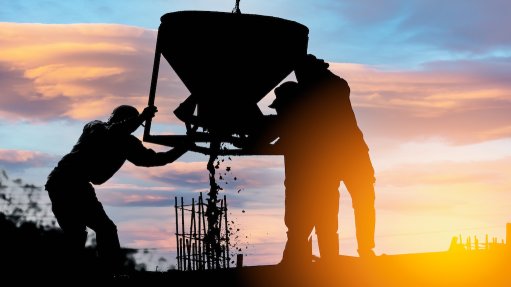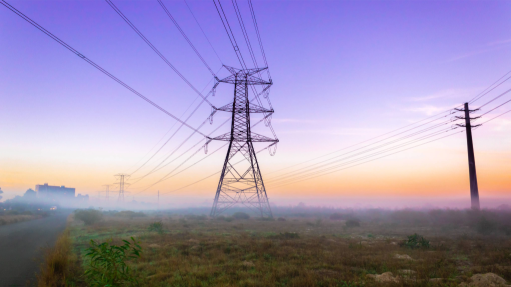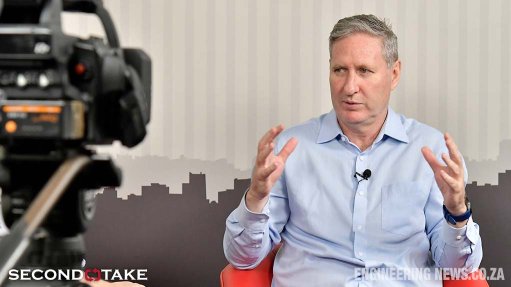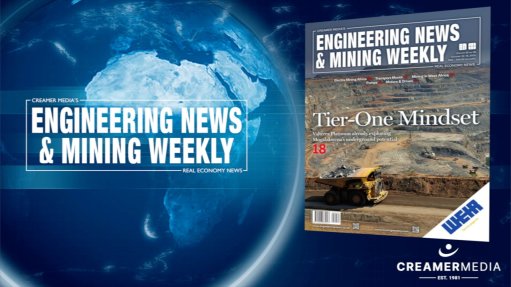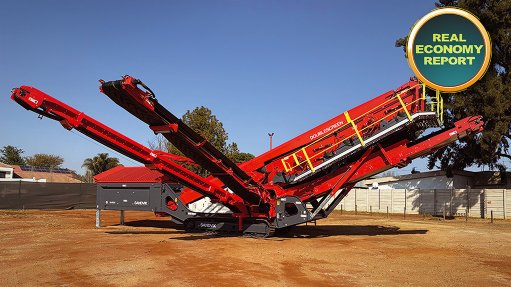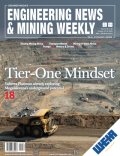Wheel of industrial safety has turned too far
There is no hotter topic than safety matters on mines and industrial plants. It has become a religion. Like all religions, it causes some unintended problems.
When I was young, I worked for a number of years on various mines and industrial plants. (I did this to get money to pay my university fees – in those days, nobody expected that university should be free, much as nobody expected that a free bus would transport you to campus; walking or hitch-hiking were popular options. But, anyway.)
In the 1970s, the main emphasis was on safety training, as against risk prevention. An accident was an inconvenience, since it disrupted production and it was believed that, if workers were made aware of dangers, they would remember them and avoid them. This was a dangerous illusion: workers came from rural areas, where there was little machinery. They hardly understood what a fan belt did or, if they did, it was out of their experience that it could do harm. Thus, a worker would lose a finger or two having a hand caught in the fan belt of a compressor. A worker would see an exposed copper busbar in a switch panel with the cover plate missing and would conclude that, since it was exposed, it was safe. Electrocution followed.
The large mining houses did not, from my point of view, care much about safety. Mineworkers had to get up at 04:30, go underground at 06:00, walk one hour to a place of work, work in 40 ºC, 90%-humidity and high-noise conditions, be on surface at 16:00 and be in the hostel at about 17:00.
This is a long and tiring day. All workers on mines (at all pay levels) get drunk at night from time to time and, thus, a percentage of workers are sleep deprived. Fatigue leads to accidents, especially where the policy is one of relying on worker vigilance to prevent accidents.
In the years since I was on the mines, ‘risk prevention’ has taken the place of ‘safety training’. The latter still exists but the former was a new approach at the time – I like to believe that it was driven by the approach to electrical safety that grew rapidly in the 1980s. This was spurred on by the electrical standards used in the construction of large petrochemicals plants, notably Royal Dutch Shell DEP standards. These set out rigid rules of construction, which prevented accidental electrical contacts by the use of interlocks and barriers.
The wheel has turned, but I think it has now turned too far. Let us consider a kitchen: there are more ways to injure yourself in a kitchen than in many workshops – very sharp knives, slicers, water and electrical appliances, mince grinders, gas burners, gas torches . . . and a chef swigging a glass of wine. But we do not require chefs to wear gloves or hats or safety glasses. We do not have signs in the kitchen warning of anything more sinister than we should wash our hands.
However, safety in mines and industry has taken on a new turn: mines are shut down following accidents so that an investigation can be done, the requirements for personal protective equipment (PPE) has become more onerous by the year, to the point that you cannot actually do the work while wearing PPE . . . so, you take it off. The ‘permit to work’ system in place requires that you have to have written permission to do a job. Getting a permit has become so arduous and long-winded that many artisans just take a chance and work without a permit. When this happens, the work is done swiftly and poorly and, by implication, unsafely. Some revision is needed. I am just not sure, given the power of the safety industry, how that could come about. Or if ever.
Comments
Press Office
Announcements
What's On
Subscribe to improve your user experience...
Option 1 (equivalent of R125 a month):
Receive a weekly copy of Creamer Media's Engineering News & Mining Weekly magazine
(print copy for those in South Africa and e-magazine for those outside of South Africa)
Receive daily email newsletters
Access to full search results
Access archive of magazine back copies
Access to Projects in Progress
Access to ONE Research Report of your choice in PDF format
Option 2 (equivalent of R375 a month):
All benefits from Option 1
PLUS
Access to Creamer Media's Research Channel Africa for ALL Research Reports, in PDF format, on various industrial and mining sectors
including Electricity; Water; Energy Transition; Hydrogen; Roads, Rail and Ports; Coal; Gold; Platinum; Battery Metals; etc.
Already a subscriber?
Forgotten your password?
Receive weekly copy of Creamer Media's Engineering News & Mining Weekly magazine (print copy for those in South Africa and e-magazine for those outside of South Africa)
➕
Recieve daily email newsletters
➕
Access to full search results
➕
Access archive of magazine back copies
➕
Access to Projects in Progress
➕
Access to ONE Research Report of your choice in PDF format
RESEARCH CHANNEL AFRICA
R4500 (equivalent of R375 a month)
SUBSCRIBEAll benefits from Option 1
➕
Access to Creamer Media's Research Channel Africa for ALL Research Reports on various industrial and mining sectors, in PDF format, including on:
Electricity
➕
Water
➕
Energy Transition
➕
Hydrogen
➕
Roads, Rail and Ports
➕
Coal
➕
Gold
➕
Platinum
➕
Battery Metals
➕
etc.
Receive all benefits from Option 1 or Option 2 delivered to numerous people at your company
➕
Multiple User names and Passwords for simultaneous log-ins
➕
Intranet integration access to all in your organisation






